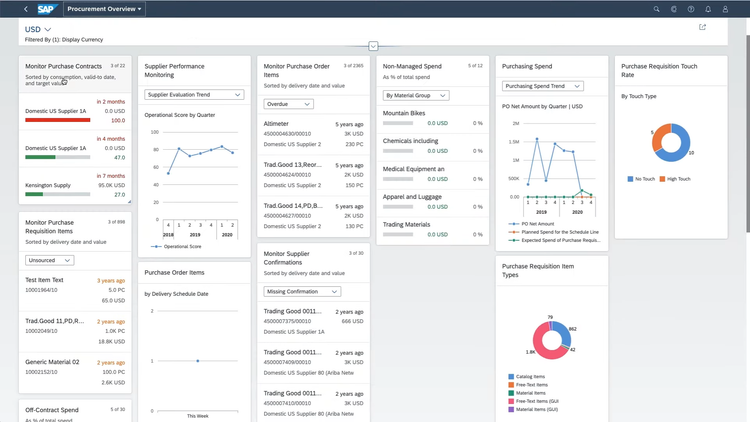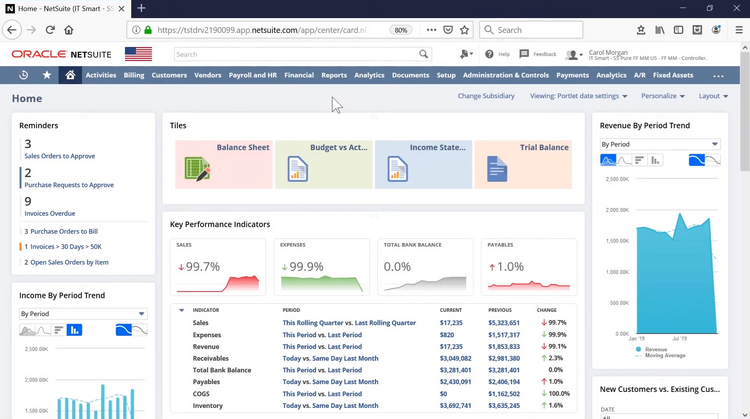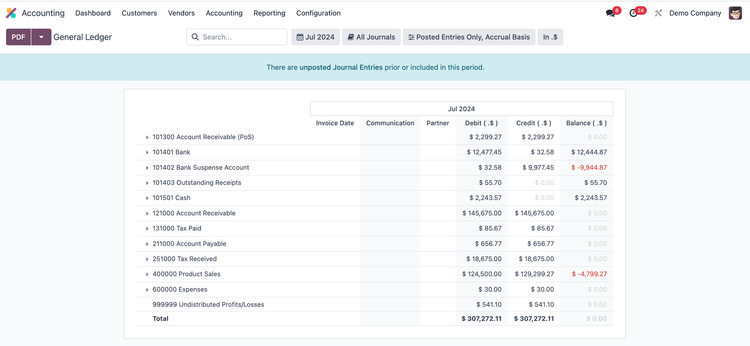The 3 Tiers of ERP Explained: Definition and Examples
ERP tiers are how ERP software used to be categorized. Based primarily on client size and software scope, there are three tiers: Tier 1 for enterprises, Tier 2 for mid-sized companies, and Tier 3 for smaller businesses. While the terminology is a little outdated, knowing the different levels can help companies when it’s time to shop for a new ERP solution.
What is Tier 1, Tier 2 & Tier 3 ERP Software??
The three tiers are fairly simple to understand:
- Tier 1: Global enterprises with high level budgets
- Tier 2: Mid-sized and multinational companies with moderate budgets
- Tier 3: Small businesses or startups with limited resources
Some ERP developers also add Tier 4 and Tier 5 to address solutions for even smaller budgets, though this is increasingly uncommon.
In recent years, some vendors have stopped using tiers to categorize their products. This is largely because there are now more ways to scale software without switching products. In the past, a company might start with a Tier 3 ERP and then move up to a Tier 2 or Tier 1 solution. Today, Tier 3 products can grow with the business, removing the need to purchase replacement software.
Tier 1 Examples
Tier 1 refers to any large-scale software that can facilitate a high level of functionality. ERP is intended to be used by large corporations worldwide. These solutions tend to be the most expensive on the market and take longer to implement than lower-tiered options.
- Average users: 1,000+
- Average revenue: $500M per year
- Average implementation: 18 months

Tier 2 Examples
Tier 2 includes ERP systems which are not quite as all-encompassing as Tier 1 but still offer enough capabilities to cover multinational operations on a wide scale. The total costs are lower than Tier 1, and implementation is faster.
Some Tier 2 solutions are made by the same developers as Tier 1. These smaller solutions are usually industry-specific and provide extra functionality to businesses within certain fields.
- Average users: 30 to 1,000
- Average revenue: $25M to $499M per year
- Average implementation: 4 to 12 months

Tier 3 Examples
Finally, Tier 3 covers all the smaller ERP solutions with lower annual costs. However, these can still be in the thousands. Implementation tends to be shorter, though this depends on the business’s needs. These solutions are recommended for businesses looking for their first ERP system.
- Average users: Up to 50
- Average revenue: Under $25M per year
- Average implementation: 1 to 3 months

How to Choose ERP
There are a few things you need to know to determine which tier you will need:
- Business Goals: The first step is considering how you will use the ERP. What are the goals? Is it meant to automate time-consuming, manual processes? Or are you looking to consolidate multiple workflows into one centralized solution?
- Organization Size: Consider two key numbers: the total number of employees in your organization and the number of active users needing access to the ERP.
- Implementation Timeline: When do you need your ERP up and running? Tier 2 and Tier 3 solutions will launch faster than a Tier 1 product.
- Resources: This goes beyond budgetary concerns. Does your organization have the physical hardware for top-of-the-line software? Do you have a team in place to streamline implementation?
- Integrations: These are related to your business goals. Is the ERP intended to cover everything? Or will you still need integrations, including legacy systems, for certain departments?
- Scalability: If your company plans to grow, you should look for an ERP that can scale with you.
Fortunately, the actual tier classification is not as important these days. Many ERP systems can scale as companies grow, meaning no more switching software. For example, Microsoft has ERP products that fit into all three tiers. Companies can start with Business Central and expand into Finance and Operations without the extra hassle of finding, buying, and implementing a brand-new ERP.
Another reason the tier classification system is fading is the rise of software customization. Add-on modules and third-party integrations make it possible to get a higher level of functionality from a Tier 2 or Tier 3 ERP without the need to purchase a Tier 1.
What is Two-Tier ERP?
Two-tier ERP refers to the practice of mixing ERP from two different tiers for different business purposes. Specifically, the idea is to take a Tier 1 ERP system at the corporate level while allowing subsidiaries or divisions within the company to operate using a different Tier 2 ERP solution. This can provide budgetary savings by reducing the total number of user licenses for the larger products.
An ERP trend in recent years has been mixing ERP from any level to create a customized, hybrid system. Smaller and mid-size companies can get by by mixing Tier 2 and Tier 3 solutions to essentially equal the functionality of a Tier 1 product.
